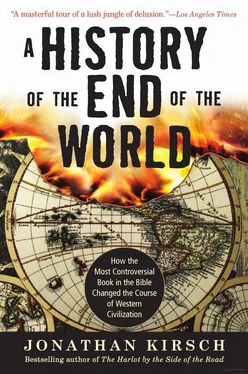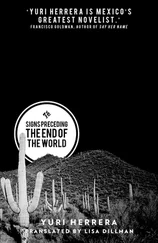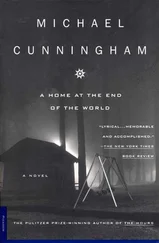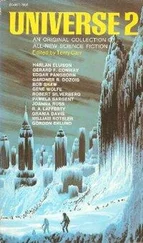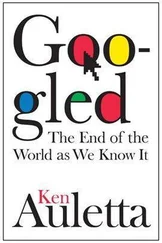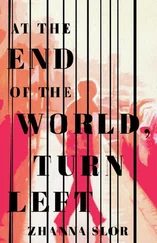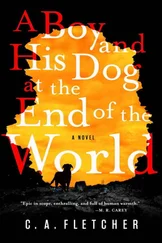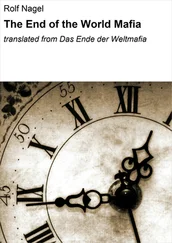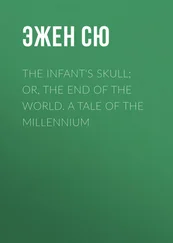His goal was to make the case for royal sponsorship of a very different but no less ambitious enterprise. The Holy Land remained under Islamic sovereignty, but Columbus was encouraged by what he had read in the apocalyptic texts to see a role for himself in achieving what the crusaders had repeatedly failed to accomplish—the defeat of the Muslim overlords of Jerusalem. Indeed, he was convinced that God bestowed the gold and silver of the Americas on Christendom in order to finance the reconstruction of the Temple in Jerusalem, “the apocalyptic city par excellence. ” 120
Columbus himself witnessed a fresh upwelling of apocalyptic frenzy. His royal patron, Ferdinand of Aragon, was seen as a worthy candidate for the title of Last World Emperor, and the victory of the Spanish crown over the last Islamic kingdom on the Iberian Peninsula was regarded as a sign of the approaching millennial kingdom. And, since the New Jerusalem was a crucial element of the end-times as they were predicted in the book of Revelation, Columbus was inspired to offer his ser vices in bringing it into existence.
Among the texts that he consulted were the writings of Joachim of Fiore, and he recognized himself in the prophesies that he found there. “Jerusalem and Mount Zion are to be rebuilt by the hand of a Christian, [and] Abbot Joachim said that he was to come from Spain,” writes Columbus in an account of his final voyage to America in the opening years of the sixteenth century. “Who will offer himself for this work? If our Lord brings me back to Spain, I pledge myself, in the name of God, to bring him there in safety.” 121
Columbus, like Savonarola, lived in a state of “psychological imminence”—that is, “the conviction that the final events of history are already under way even though we cannot determine how near or far off the last judgment may actually be.” 122Both men, of course, died without seeing the fulfillment of their apocalyptic visions, but it turns out that Columbus had a far better sense of “future history.” Fatefully, the next generation of visionaries took it upon themselves to create the millennial kingdom that is promised in the book of Revelation, not in the Holy Land but on the new continent that Columbus had found when he sailed westward in search of a faster route to India. And when Revelation took its next quantum leap, from the benighted shores of Europe to the raw wilderness of North America, the apocalyptic idea was fully and fatefully transformed.
“Then I saw a new heaven and a new earth,” writes the author of Revelation at the climax of his apocalyptic visions. “God made me the messenger of the new heaven and the new earth of which he spoke in the Apocalypse of St. John,” affirms Columbus, “and he showed me the spot where to find it.” 123
Notably, the phrase that is rendered as “the new earth” in most English translations of the Bible—and as “the new land” in the writings of Columbus—appears in the Vulgate as terra nova. But the most familiar translation of the same Latin phrase is “New World.” And, as we shall see, it is only in America that the book of Revelation would reach its richest, strangest, and most enduring expression. 124
6. To Begin the World Over Again
We are the pioneers of the world, the advance guard, sent on through the wilderness of untried things, to break a new path in the new World that is ours.
HERMAN MELVILLE,
White Jacket (1850)
When the Arabella sailed from England in 1630, the little ship carried a contingent of Puritan families who were setting out to colonize the raw North American wilderness. The passengers gathered on deck to hear a sermon delivered by a fiery Puritan minister, John Cotton (1585–1652), who stirringly characterized their destination as “the new promised land,” a place that had been “reserved by God for his elect people as the actual site for a new heaven and a new earth.” 1Thus transplanted to the rich soil of the Massachusetts Bay Colony, the Apocalypse flowered in new, remarkable, and enduring ways.
“Christ by a wonderful Providence hath dispossessed Satan, who reigned securely in these Ends of the Earth, for Ages the Lord knoweth how many,” declared another Puritan minister, Increase Mather (1639–1723), after his arrival in America, “and here the Lord has caused as it were New Jerusalem to come down from Heaven.” 2
The author of Revelation may have set down his visions on an island off the coast of Asia, but his remarkable little book promptly began to move ever westward. The eastern realm of Christianity, as we have seen, nearly excluded it from the biblical canon, but Revelation earned a place in the earliest biblical lists of western Christendom. The so-called apocalyptic invasion reached its fullest expression in the arts, letters, and architecture of France and Germany. And Revelation worked its strange magic with even greater power in the hearts and minds of the Anglo-Saxons on the far western fringe of Europe. They came to entertain the thrilling idea that Jesus Christ himself once walked “upon England’s mountains green,” as visionary artist and poet William Blake (1757–1827) puts it in the poem “Jerusalem,” and would one day set the New Jerusalem “among these dark satanic mills.” 3Blake himself was an obsessive reader and reinterpreter of Revelation, and his poem later became a British national hymn.
I will not cease from mental fight
Nor shall my sword sleep in my hand,
Till we have built Jerusalem
In England’s green and pleasant land. 4
Still, the most radical of the Protestant reformers, whom we know as the Puritans, refused to sing hymns to England, its church, or its monarch. By their lights, the priestcraft and high ceremonials of the Church of England were as corrupt as those of the Roman Catholic Church. They regarded the kings of England, whose royal titles included “Defender of the Faith,” as the latest and likeliest candidates for the role of Antichrist. And the Puritans found the rich and sometimes ribald culture of England in the seventeenth century—scandalous plays and love poems, hedonistic masques and musicales, high-spirited bouts of feasting and drinking, extravagant fashions and manners, and much else besides—to be as offensive as Roman paganism had been to the author of Revelation and Renaissance humanism had been to Savonarola. That is one reason why the wilderness on the far side of the Atlantic, even though it was occupied by native-dwelling tribes whom they saw as minions of the Devil, struck the Puritans as a much worthier site for the New Jerusalem than those satanic mills of Old England. 5
So began the next leg of the westward movement of Revelation, a remarkable phenomenon that historian Stephen J. Stein calls “the Americanization of the apocalyptic tradition.” 6When the Puritans arrived in the New World—“flying from the Depravations of Europe,” as they saw it, “to the American Strand”—they promptly unpacked and polished up the old apocalyptic texts. John Winthrop (1588–1649), a passenger on the Arabella and the first governor of the Massachusetts Bay Colony, famously invoked the New Jerusalem when he likened the Puritan settlement to “a City upon a Hill.” And, significantly, “The Day of Doom,” a poem by Michael Wigglesworth (1631–1705), was “the first best seller in the annals of the American book trade.” 7
But the Puritans and those who came after them also felt at liberty to tinker with the scenario of Revelation and come up with story lines wholly of their own invention. Indeed, they insisted on accentuating the positive in Revelation, and they gave the apocalyptic idea a uniquely American spin that has persisted into our own anxious age. Remarkably, the end of the world and the destruction of humankind, if viewed in the right way, could be seen as a good thing.
Читать дальше
